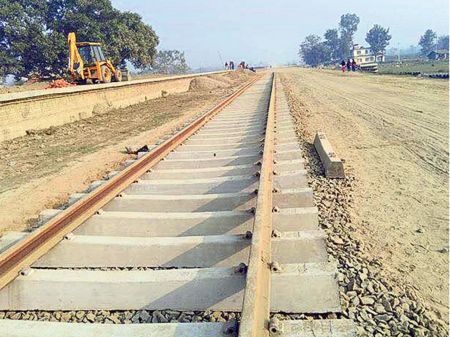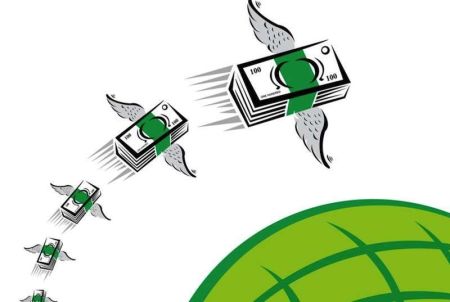April 30: Two years ago, the Government of Nepal had signed an agreement with India to supply about one million metric tons of chemical fertilizers to Nepal within five years. However, the Ministry of Agriculture says that the supply of chemical fertilizers from India stands slightly more than 3 percent of the five-year target. Farmers have been facing severe shortage of chemical fertilizers every year, especially during the farming season.
The Ministry of Agriculture and Livestock Development of Nepal and India's Ministry of Chemicals and Fertilizers had signed an agreement on February 28, 2022 with the latter committing to supply 935,000 metric tons of chemical fertilizers to Nepal over 5 years. So far, India has supplied only 30,000 metric tons of urea under the deal, with an additional 25,000 tons of DAP in the process of being imported.
Nepal was supposed to receive 100,000 metric tons of urea and 50,000 tons of DAP in fiscal year 2078/79, followed by 100,000 tons of urea and 60,000 tons of DAP in fiscal year 2079/80. The current target for the year 2080/81 was to supply 115,000 tons of urea and 80,000 tons of DAP. However, with two and a half months remaining in the current fiscal year, it seems unlikely that the fertilizer will be supplied as per the commitment. The agreement stipulates that India will supply 120,000 tons of urea and 90,000 tons of DAP to Nepal in the years 2081/82 and 2082/83.
"We have not been able to create a suitable environment to import fertilizers based on the Government-to-Government (G2G) agreement," said Dr Govind Prasad Sharma, secretary of the Ministry of Agriculture and Livestock Development.
The state-owned Agricultural Inputs Company Limited has been tasked with importing fertilizer under the G2G agreement. Bishnu Prasad Pokharel, the company's managing director, admitted that they could not deliver the fertilizer on time as per the contract due to weaknesses in systems of both the governments of Nepal and India.
Under the G2G process, India buys fertilizer from other countries and supplies it to Nepal. "India proposed this process only while finalizing the G2G agreement, leading to delays in the procurement process," Pokharel explained.
Pokharel further noted that India initially requested advance payment, but Nepal could not provide it, causing delays. "Previously, Nepal was expected to receive up to 25,000 tons of fertilizer after making an advance payment for 5,000 tons," Pokharel stated. "However, now 100 percent of the payment must be made four months in advance."
According to the World Bank, disruptions in the supply system due to the COVID-19 pandemic caused chemical fertilizer prices to rise. Additionally, the conflict between Russia and Ukraine further exacerbated the price hike, as Russia is one of the world's largest exporters of chemical fertilizers.
International media reports indicate that the price of chemical fertilizers has increased by 300 percent due to supply risks after the outbreak of the war. Government officials assert that despite the price surge, Nepal lacks the necessary conditions to import fertilizers.
Two years ago, the international market price for both urea and DAP was over a thousand dollars per ton. Currently, the price of urea in the international market is around 300 US dollars per ton, while DAP is approximately 580 USD per ton, according to the Agricultural Inputs Company.
Although fertilizer prices have decreased in the international market, the supply remains insufficient. Currently, the Salt Trading Corporation and Agricultural Inputs Company have 75,966 tons of urea, 16,835 tons of DAP, and 6,234 tons of potash.
Government estimates suggest that Nepal's annual demand for chemical fertilizers is about 700,000 metric tons. Due to limited stock and supply, there are concerns of a fertilizer shortage before the planting of the annual crop this year as well. However, in a press conference held by the Ministry of Agriculture two weeks ago, the government announced that an additional 88,000 metric tons of fertilizer are expected to arrive. "Nearly 600,000 tons of chemical fertilizers have been tendered," Secretary Sharma confirmed. "Therefore, there will be no shortage of fertilizer this year."






















